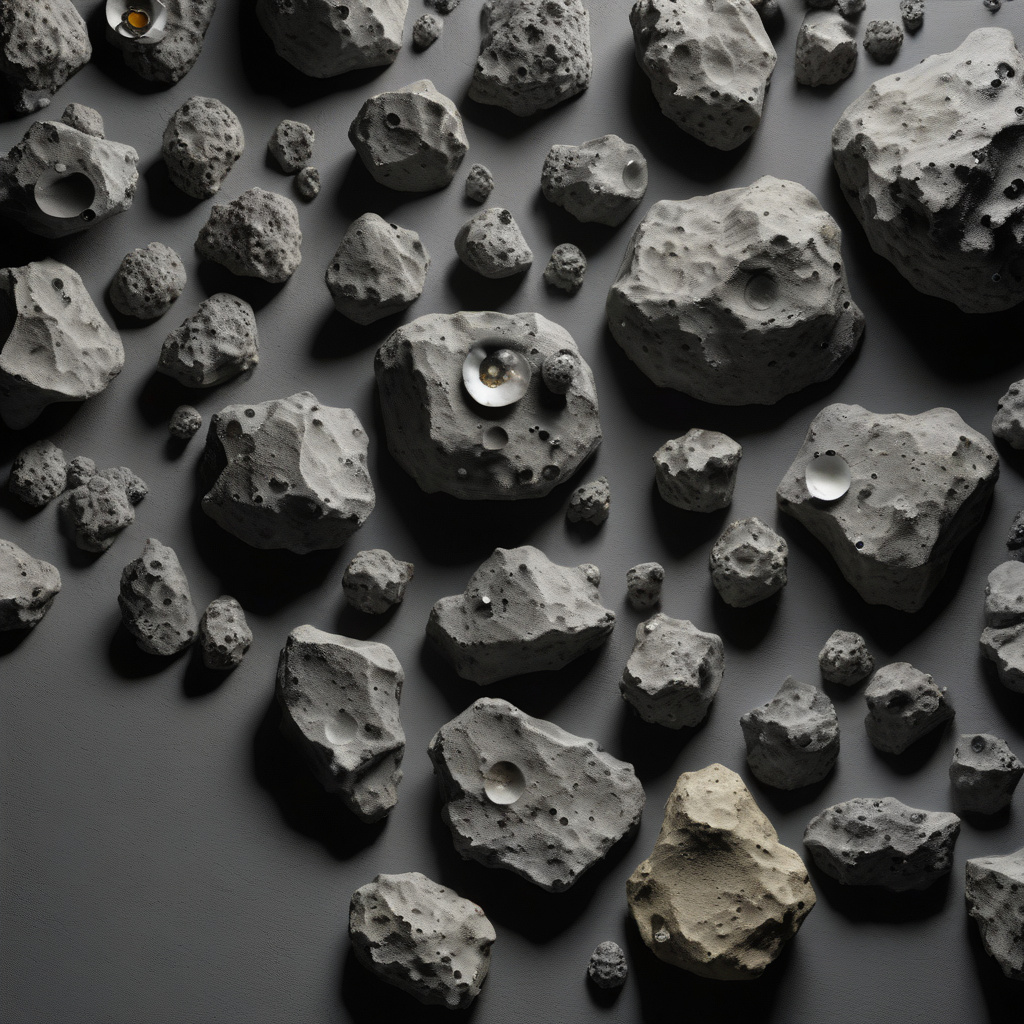Exploring the depths of space has always been a captivating endeavor for humanity. As NASA astronauts gear up for planned landings on the lunar surface in 2027, the anticipation and excitement surrounding these missions are palpable. However, the intrigue doesn’t stop there. Geologists have been uncovering remarkable surprises hidden within recently retrieved moon rocks, shedding light on the lunar history like never before.
The analysis of these moon rocks has proven to be a treasure trove of information for scientists. Not only do these samples provide insights into the geological composition of the moon, but they also offer a glimpse into its tumultuous past. By studying the mineralogy and isotopic composition of these rocks, researchers can piece together the events that have shaped the lunar surface over billions of years.
One of the most fascinating aspects of these recent discoveries is the revelation of the moon’s far side. Long shrouded in mystery due to its lack of visibility from Earth, the far side of the moon has now become the focus of intense scrutiny. The samples retrieved from this enigmatic region have challenged existing theories and raised new questions about the moon’s formation and evolution.
For instance, the discovery of unique mineral formations in the far side samples has puzzled geologists. These minerals, unlike anything found on the near side of the moon, suggest that the two halves of the lunar surface have undergone vastly different geological processes. This revelation has opened up new avenues of research and sparked debates within the scientific community.
Moreover, the isotopic signatures found in these moon rocks point to a complex history of volcanic activity and impact events. By analyzing the chemical fingerprints preserved in these samples, researchers can reconstruct the timeline of lunar events with unprecedented accuracy. This meticulous detective work is crucial in unraveling the mysteries of our celestial neighbor and understanding the broader context of planetary evolution.
As we eagerly await the upcoming lunar landings in 2027, the insights gained from these moon rocks underscore the importance of continued exploration and scientific inquiry. Each new discovery adds another piece to the puzzle of our cosmic origins, painting a richer picture of the intricate tapestry of the universe. The collaboration between NASA astronauts and geologists highlights the interdisciplinary nature of space exploration, where cutting-edge technology and in-depth geological analysis converge to push the boundaries of human knowledge.
In conclusion, the recent findings from moon rocks retrieved from the far side of the moon offer a tantalizing glimpse into the hidden lunar history. These samples serve as invaluable windows into the geological processes that have shaped the moon over billions of years, providing researchers with unprecedented insights into our celestial companion. As we look forward to the next chapter of lunar exploration, let us marvel at the wonders of the cosmos and celebrate the spirit of discovery that drives us to explore the unknown.

